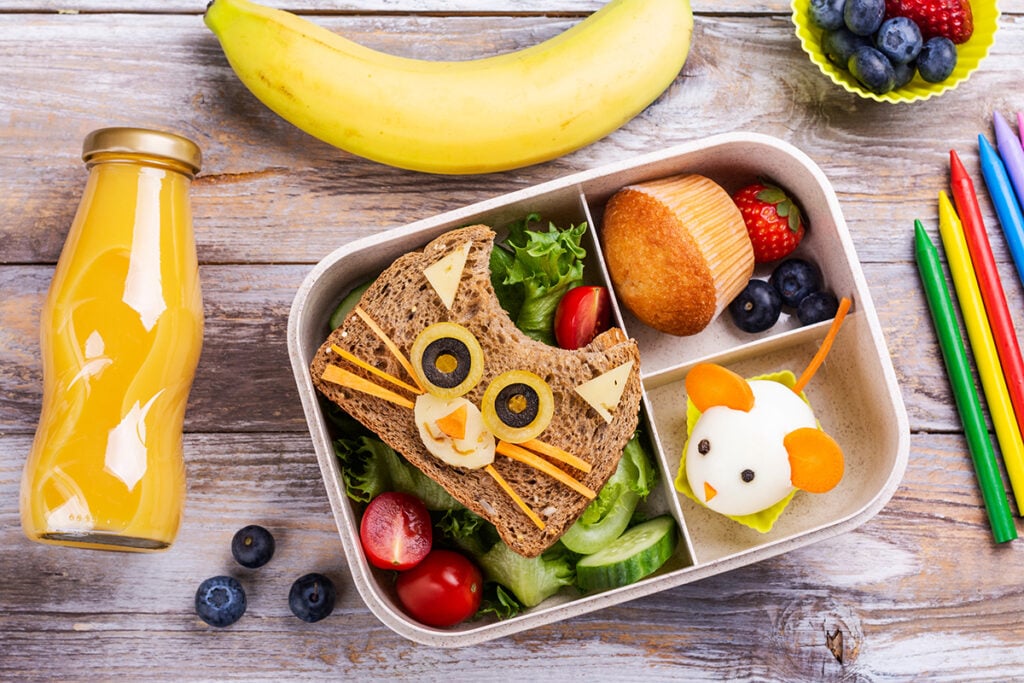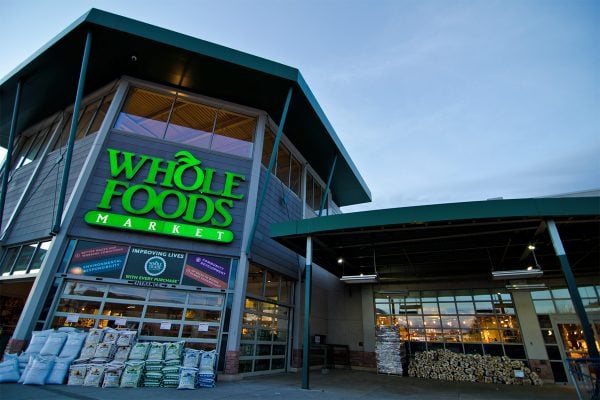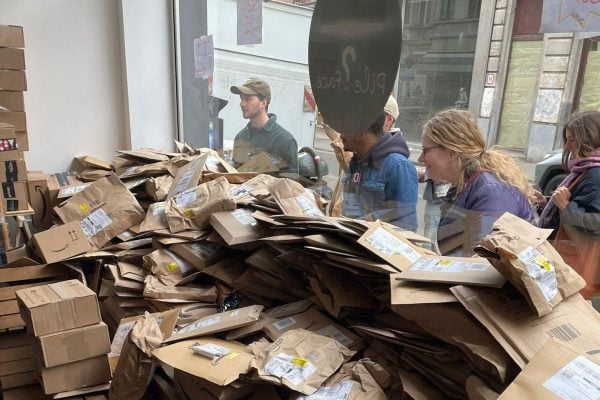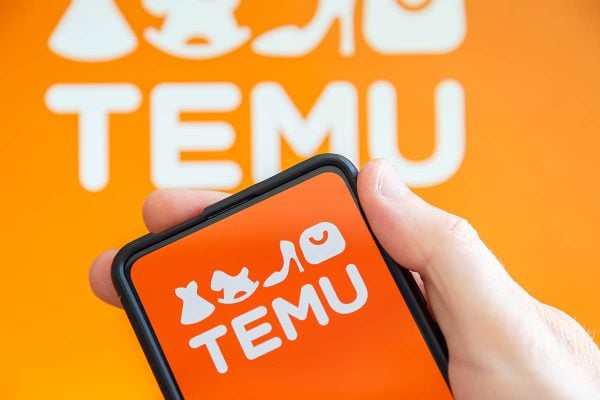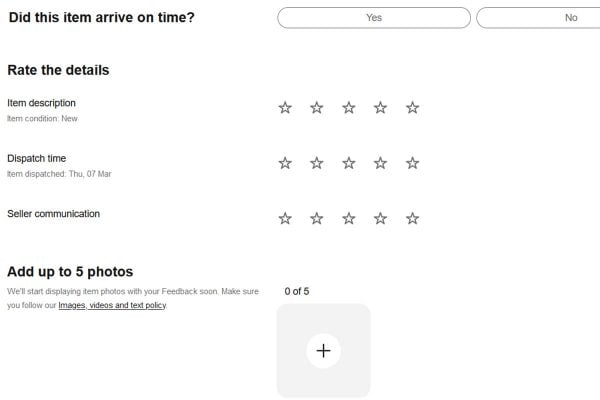As parents prepare for children to head back to school, Amazon Fresh has revealed how the packed lunch box has changed over the last 25 years. The research shows that the majority of British parents say they feel their child gets a better quality, ‘elevated’ packed lunch than they did as a child. Two-thirds of parents noted the main objective was how healthy the packed lunch is compared to over a quarter of parents saying looks are important, regularly taking a picture of their child’s lunch box to post on Instagram.
This is an obvious marketing opportunity for brands wishing to place food and beverage product into childrens lunch boxes. The possibilities are endless from running a competition or giveaway on Instagram to engaging with parent and child communities on TikTok.
Thinking back to memories of their own packed lunches, almost half of Brits say their memory of lunch boxes is warm, cling film wrapped sandwiches. Over a third remember soggy sandwiches and almost one in five recall trying desperately to swap food items. Over a third shudder at soggy meat and 29% are haunted by sweaty cheese, though 30 percent remember eating their lunch by their first break time.
While parents still opt to pack a sandwich for their child’s lunch, it’s clear it’s not the only option parents go for anymore with more modern choices such as burritos and bagels on the list. Food historian, Angela Clutton, worked with Amazon Fresh to uncover the history of the lunchbox over the last quarter-century.
Sandwiches have gone from being ubiquitous, to being just one of the savoury main options a lunch box might include. It is only in the 2010s that we start to see a trend towards lunch boxes having a non-sandwich savoury main component.
– Angela Clutton, Food Historian
Nowadays over half of parents make a wrap, over a third pack breadsticks, a third a health bar, and just under 10 percent even pack sushi. The research, found in contrast that Brits deem classics such as a carton of milk (30%), white rolls (%), and processed cheese triangles (%) old-fashioned.
As the nation gets ready to go back-to-school for the new academic year, and Brits get back into their routines after summer, parents are getting ready to spend almost an hour packing their child’s lunch box on average each week. Packed lunches are more popular than school dinners too, with 57% of parents sending their kids off to school with their lunch five days a week. Since the 2010s, more parents are opting to batch cook or include leftovers, this is often more convenient if parents are packing lunch for more than one child as it saves a lot of time. Angela Clutton adds, “Batch cooking is also driven by the trend towards low-cost and low-waste eating.”
Thoughtful packed lunch boxes
Over the last 25 years, as well as how healthy the lunch box is, parents are taking other things into account when packing lunches. Considerations include the lunch being home-made (31%), looks appealing (29%), packing veggies into it (26%), is low in sugar (22%) and unprocessed (19%).
Parents also reported creative ways to make lunch more exciting. Over two-thirds of those surveyed said they either cut the sandwich into creative shapes, or include notes and drawings. So there is no surprise that 70% of parents say there is often light competition between parents when it comes to what’s in their child’s lunch box. In fact, a third of parents have even admitted to taking a sneak peek into other children’s lunch boxes, and almost half admitted they have felt embarrassed when packing items such as chocolate bars and crisps.
Pester power
Some children love to take charge of their lunch box fate. Over a third of children have brought back their lunch box uneaten, and 33% of British parents said their children ask if they can pack their own lunch box. 34% of parents have also had their child say they were bored of their lunch box.
In previous decades, children were pestering their parents to include in lunch boxes the most popular foods that were being marketed. Children in the 20s are more focussed on sustainability, and so ‘pester power’ now might mean asking for non-meat options that they see as being healthier and more sustainable.
– Angela Clutton, Food Historian
Packed lunch trends
Looking at lunch boxes over the last 25 years, it is striking to consider how much has changed even when the core elements might seem similar. A lunch box of 1998 and one in 2023 might each typically include a sandwich, savoury snack, cheese, a sweet treat, fruit, and a drink – yet what those elements are would be very different. Lunch boxes now are likely to be less processed and to have more variety, often now with home-cooking included.
– Angela Clutton, Food Historian
| Top modern lunch box items parents say they give to their children | Top lunch box items parents consider outdated |
| Wraps – 52 percent | Hard boiled eggs – 39 percent |
| Breadsticks – 35 percent | Jam sandwiches – 36 percent |
| Health bars – 33 percent | Egg and cress sandwiches – 30 percent |
| Cherry tomatoes – 30 percent | Cartons of milk – 30 percent |
| Rice cakes – 30 percent | Squeezy cheese sandwiches – 29 percent |
| Pita bread – 27 percent | Processed cheese triangles – 27 percent |
| Chicken salad sandwich – 27 percent | Fizzy drinks – 25 percent |
| Smoothies – 27 percent | Packets of raisins – 23 percent |
| Burritos – 27 percent | Chocolate bars/biscuits – 22 percent |
| Bagels – 26 percent | Apples – 17 percent |
| Pineapple – 25 percent | Satsumas – 17 percent |
| Crudites (raw carrot, cucumber or pepper) – 23 percent | Cheese strings – 16 percent |
| Veggie crisps – 14 percent | Pots of yoghurts – 15 percent |
| Houmous – 14 percent | Crisps – 15 percent |
| Granary rolls – 13 percent | Cartons of juice – 14 percent |
| Oatcakes – 12 percent | White bread/rolls – 14 percent |
| Olives – 10 percent | Ham and cheese sandwich – 14 percent |
| Sushi – 9 percent | A slice of cake – 13 percent |
| Couscous – 8 percent | Salami sticks – 13 percent |
| Feta cheese – 7 percent | Flapjacks – 13 percent |
